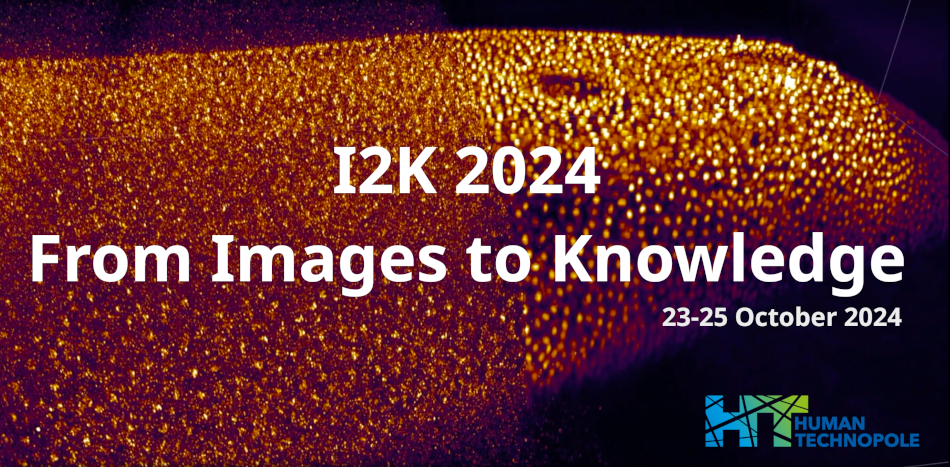Speaker
Description
FBIAS is a network of image analysts that provides remote support to users lacking access to such expertises services, usually beginning with a 1-hour open-desk session followed by project-based assistance. A feasibility study to compare different multiple tracking methods applied to videos of rainbow trouts was conducted by FBIAS, inside Institut Curie in collaboration with IERP, an INRAE opened infrastructure for in vivo investigation of fish infectious diseases. The aim was to 1/evaluate method’s performance using Single Particle Tracking metrics; 2/automatize the detection of endpoints to quantitatively define the progression/ aggravation of pathogenesis. This requires long-term tracking, difficult due to the experimental setup and fish behavior (presence of blind spots, mirror effects, crossings). Another challenge is induced by the marker-free protocol. Both generic multiple-object tracking approaches (BoT-SORT, Deep OC-SORT, ByteTrack, OC-SORT) and specific methods designed for tracking multiple animals in laboratory settings (DeepLabCut, idtracker.ai) were assessed. DeepLabCut demonstrated superior performance on low-quality, low-resolution videos, while idtracker.ai performed well on higher quality and time resolution videos. Challenge remains in applying these solutions to behavioral studies.
| Authors | Arthur Meslin*, Christelle Langevin, Dimitri Rigaudeau, Jean-Yves Tinevez, Mayliss Poulbere, Eliott Mestrallet, Anne-Sophie Macé |
|---|---|
| Keywords | FBIAS, Multi Object Tracking, Fish, DeepLabCut, idtracker.ai, marker-free tracking, SPT metrics |

